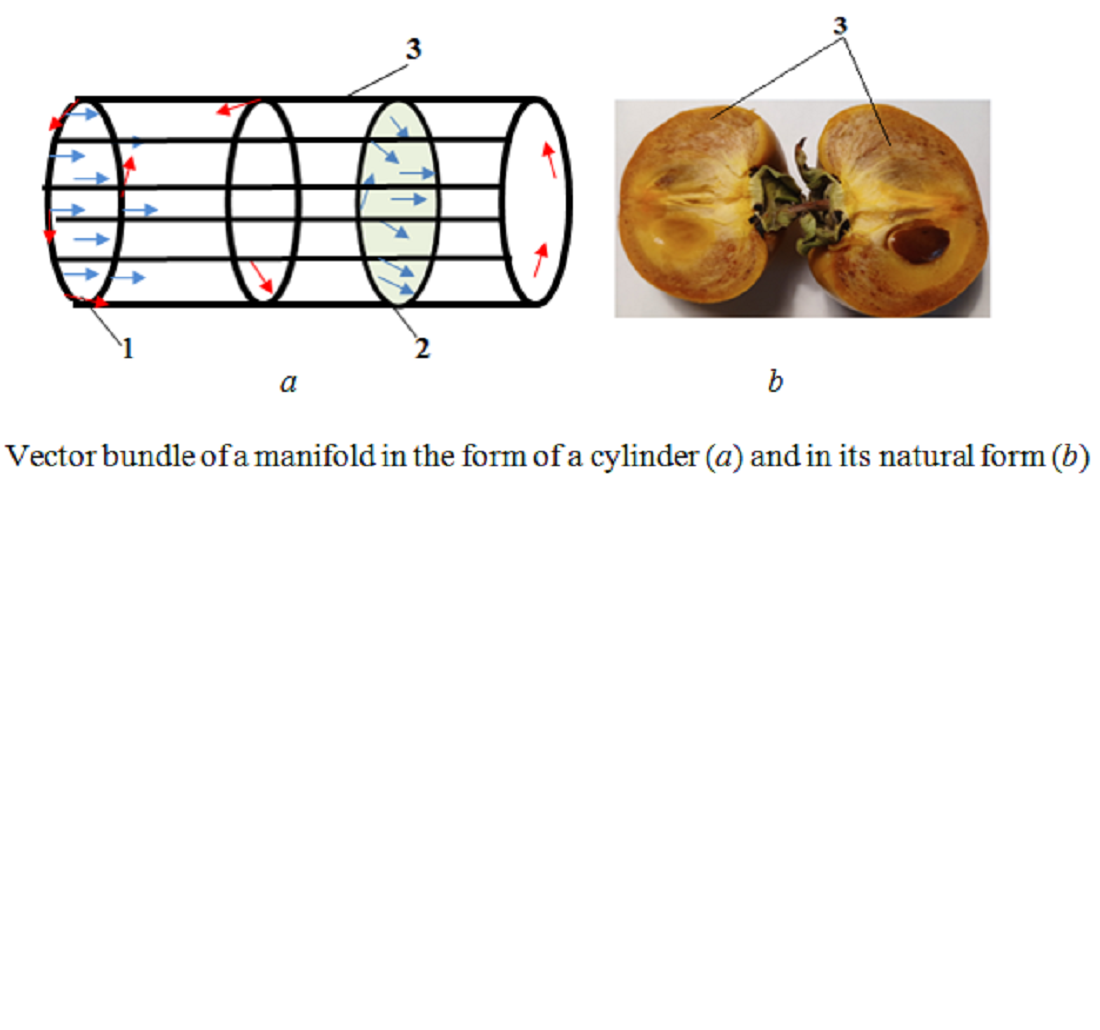Assessment of the degree of ripeness of oriental persimmon fruits (Diospyros kaki L.) by tensor stress
DOI:
https://doi.org/10.15587/1729-4061.2024.313892Keywords:
penetrometer, astringent taste, hardness, diversity, stress tensorsAbstract
The object of the study is persimmon fruits, which occupy an important place among subtropical crops and have a wide development prospect. Since these fruits are difficult to process, they are mainly used fresh. The usefulness of these fruits is associated with their chemical composition. This composition includes biologically active substances, microelements, various mono- and polysaccharides, saturated and unsaturated fatty acids, etc. The complexity of the technological processing of persimmon fruits is associated with its astringent taste, which is determined by the amount of polyphenolic compounds. In general, the strength of raw materials is manifested not only in the degree of ripeness, but also in its technological processing processes, which are the object of the study. From this point of view, the hardness of persimmon fruits acts as a subject of study. Data on the property of fruits and vegetables associated with the stress-hard state is a solution to the problems that arise when expanding the range of finished products. For example, it has been established that at the stage of commercial ripeness, the hardness of persimmon fruits is no more than 12.3 kg/cm2. And this indicator changes downwards over time, i.e. to 1.5÷2.0 kg/cm2. Consequently, the possibility of using fruits for the production of various food products is expanding.
The study of raw materials according to the laws of solid state physics is explained by its polymer structure. Therefore, the ripening of raw materials depends on the monomerization of this structure. In such decomposition, a condition is created for the combination of various mono-substances, for example, in persimmon fruits, monophenols combine with monosaccharides, which results in a decrease or disappearance of the tart taste of the raw material. Therefore, determining the degree of raw material ripeness by changes in stress will allow to predict its destruction in advance.

Downloads
Published
How to Cite
Issue
Section
License
Copyright (c) 2024 Melahet Ismayilova, Mushfiq Khalilov, Maryam Mammadaliyeva, İlhama Kazimova, Sevinj Maharramova, Afet Gasimova

This work is licensed under a Creative Commons Attribution 4.0 International License.
The consolidation and conditions for the transfer of copyright (identification of authorship) is carried out in the License Agreement. In particular, the authors reserve the right to the authorship of their manuscript and transfer the first publication of this work to the journal under the terms of the Creative Commons CC BY license. At the same time, they have the right to conclude on their own additional agreements concerning the non-exclusive distribution of the work in the form in which it was published by this journal, but provided that the link to the first publication of the article in this journal is preserved.
A license agreement is a document in which the author warrants that he/she owns all copyright for the work (manuscript, article, etc.).
The authors, signing the License Agreement with TECHNOLOGY CENTER PC, have all rights to the further use of their work, provided that they link to our edition in which the work was published.
According to the terms of the License Agreement, the Publisher TECHNOLOGY CENTER PC does not take away your copyrights and receives permission from the authors to use and dissemination of the publication through the world's scientific resources (own electronic resources, scientometric databases, repositories, libraries, etc.).
In the absence of a signed License Agreement or in the absence of this agreement of identifiers allowing to identify the identity of the author, the editors have no right to work with the manuscript.
It is important to remember that there is another type of agreement between authors and publishers – when copyright is transferred from the authors to the publisher. In this case, the authors lose ownership of their work and may not use it in any way.









